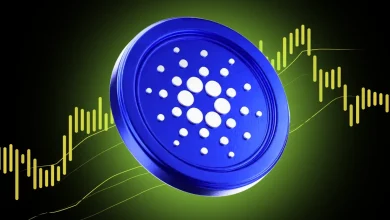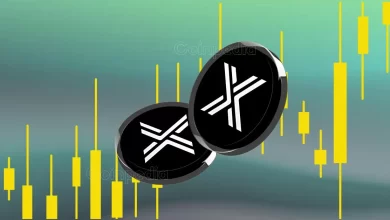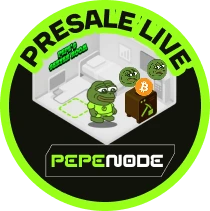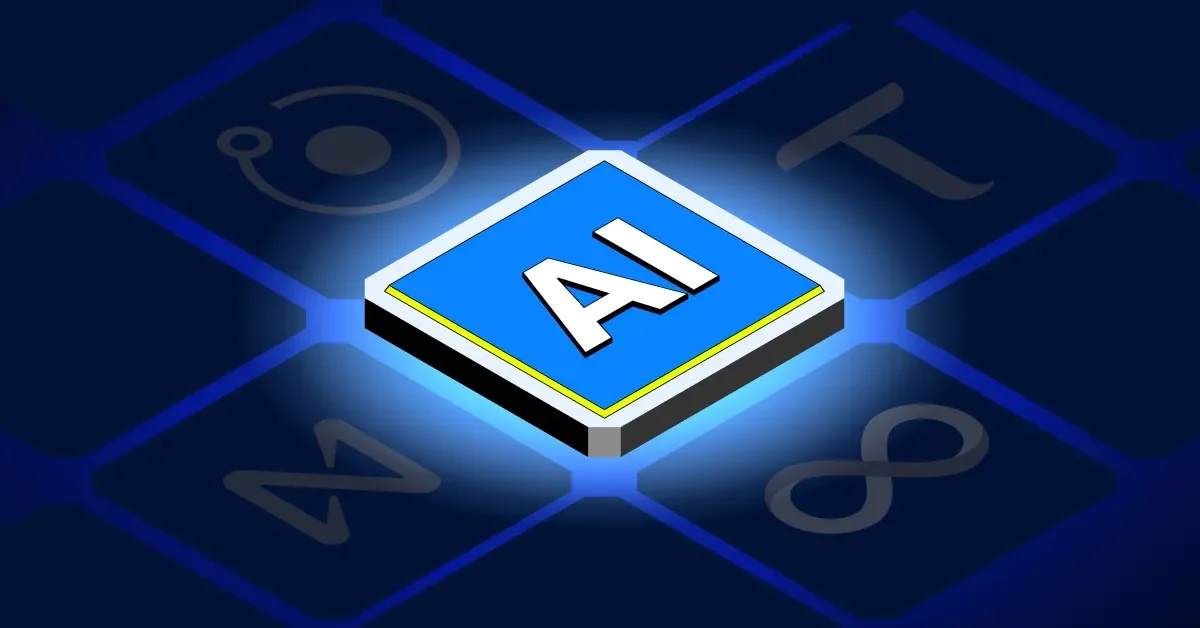
In Brief
- Virtual Protocol is leading the AI agent wave with real traction, viral frameworks, and strong on-chain momentum.
- Render is powering the visual layer of AI, with its Solana upgrade setting the stage for breakout performance.
- ASI is merging AI ecosystems with scalable tech and bold execution, backed by a major token buyback.
- With agent frameworks outperforming all AI sectors, these tokens are shaping the next phase of crypto evolution.
We all know AI is evolving fast. From autonomous bots managing logistics to generative models crafting real-time narratives, the technology is no longer just a backend tool—it’s reshaping how humans and machines interact.
But when you merge that with crypto infrastructure, you get something more powerful than just “faster systems.” You get adaptive, self-improving networks—environments where value, logic, and behavior evolve on-chain.
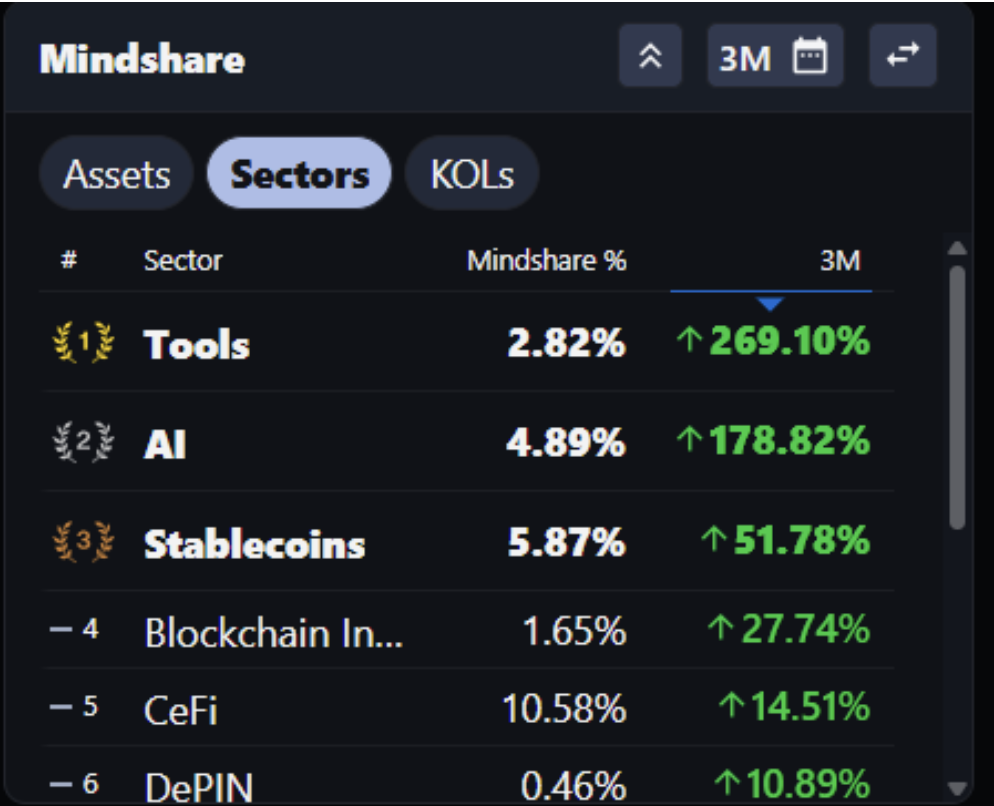
According to Messari, AI mindshare across the crypto space has surged by 178% in the past 90 days ranking 2nd Best performing Sector. But it’s not general compute or LLM tokens leading the charge—it’s Agent Frameworks, which are up 86%, outperforming all other AI-related sectors.
That’s not just hype—it’s a signal. The market is waking up to the idea that the future of blockchain isn’t just about executing code. It’s about embedding autonomous intelligence directly into smart contracts, protocols, and on-chain economies.
This shift—toward AI agents that think, adapt, and act in real-time—is where the next wave of crypto innovation is forming. And the tokens building that layer? They’re not just riding the trend—they’re defining it.
Virtual Protocol (VIRTUAL): The Modular Backbone of AI Agents
Launched in October 2024, Virtual Protocol quickly positioned itself as the go-to infrastructure for deploying autonomous AI agents on-chain. While most AI tokens remain stuck in ideation or closed beta, Virtual has gone live, processing millions in fees, onboarding creators, and scaling through Base and Ethereum integrations.
Its standout innovation? Ribbita (TIBBIR), a stealth-launched agent framework that went viral, surging over 8,800% in 2025. In contrast, it captured meme energy; the real value lies in showcasing modular AI personas that can operate independently, monetise through usage, and evolve within digital ecosystems. Think of it as a working AI app store for Web3.
Meanwhile, IRIS, Virtual’s utility-grade agent launched on Ethereum, is providing real-time smart contract auditing using social and code signals—no hype, just utility. It debuted with no team allocation and was oversubscribed 1,500%, making it one of the most transparent launches in the AI-token space.
On-chain data supports the momentum behind Virtual Protocol, with the project generating over $8.3 million in cumulative protocol fees and maintaining a robust $5.6 million in annualized revenue.
Liquidity has surged past $140 million, while daily trading volumes consistently exceed $250 million, placing it among the most actively engaged AI tokens in the market.
From a technical view, the token is currently holding the 200-day EMA near $1.39, a historically strong long-term support.
A clean flip of $1.70 could ignite upside momentum toward $2.80–$3.00 in Q3 2025, while a breakdown below $1.39 might see short-term retests at $1.10.
However, its utility, volume, and developer traction suggest Virtual is not a trend—it’s infrastructure.
Render Network (RNDR): Powering the Face of AI
Let’s face it—AI agents are getting smarter, faster, and more autonomous. But for them to truly connect with people, they need something more than just intelligence. They need a presence.
They need to be seen, animated, and responsive in real-time. That’s where Render Network steps in—the GPU backbone powering the visual side of AI.
Render doesn’t build AI brains; it builds the canvas where those brains come to life. Its decentralized network of NVIDIA GPU providers enables everything from photorealistic 3D rendering to real-time animation and generative visuals.
As AI agents move toward lifelike avatars and digital humans, Render is the infrastructure making it all visually possible—efficiently and on-chain.
Consider what’s happening in China: in a now-viral livestream, two AI avatars sold over $7.6 million worth of products in just six hours, to an audience of 13 million viewers.
Neither host was real. Instead, these AI presenters were powered by high-fidelity animation, real-time response models, and emotional simulation.
This wasn’t science fiction. It was a retail experience run entirely by synthetic personas—and it slashed costs by 80% while increasing sales by 62%.
The platform’s momentum didn’t stop there. In 2025, Render migrated from Ethereum to Solana, a move that massively improved performance and cut costs.
This allowed for faster transactions and real-time rendering at scale—crucial for applications like avatar interaction and microtransactions between agents and users.
With the launch of Render Compute (RNP-019), it also expanded beyond visuals into general AI computation, pushing the boundaries of what decentralized GPU networks can support.
Technical Outlook
Render (RNDR) is currently consolidating just above the key $4.00–$4.20 support zone, which aligns closely with its 100-day EMA—a historically reliable accumulation level. Despite recent broader market weakness, this zone has consistently attracted mid-term buyers, especially following the protocol’s migration to Solana, which enhances network efficiency and cost optimization.
The immediate resistance stands at $5.80. A confirmed breakout above this level could activate a bullish leg toward $7.50, with further upside potential extending to $8.80 if volume and broader sentiment continue to improve.
Momentum indicators support this setup. The RSI is neutral around 52, but showing signs of a bullish uptrend. Meanwhile, the MACD has just crossed above the signal line, indicating a potential shift in short-term momentum in favor of the bulls heading into Q3 2025.
Notably, Render’s expanding utility—now including general AI compute via RNP-019—adds weight to its bullish setup. If the project lands new integrations or institutional partnerships, especially post-Solana migration, it could serve as the spark for a major rally.
On the downside, a drop below $4.00 could see RNDR retest the $3.30–$3.50 range, a previous accumulation zone. However, current technical indicators lean bullish, supported by strong fundamentals and increasing demand for decentralized GPU power.
Artificial Superintelligence Alliance (ASI): From Vision to Execution with On-Chain Intelligence
Born from the unification of Fetch.ai, SingularityNET, and Ocean Protocol, the Artificial Superintelligence Alliance (ASI) isn’t just another AI narrative—it’s a convergence of three of the most research-backed AI initiatives in Web3.
With the token merger finally complete, ASI now serves as the unified economic layer powering decentralized AI agents, data marketplaces, and machine learning infrastructure.
But what elevates ASI beyond tokenomics is its early 2025 rollout of ASI‑1 Mini—a compact, Web3-native LLM designed for real-time agent communication. Unlike traditional large language models that demand expensive hardware, ASI‑1 Mini runs on just two GPUs, enabling efficient, decentralized intelligence at scale.
This breakthrough significantly lowers the barrier for developers to deploy autonomous agents across various blockchains, making the ASI tech stack not only futuristic but also immediately accessible.
Backing this technical momentum is a $50 million token buy-back initiative by the Fetch.ai Foundation. This isn’t just a price stabilization measure—it’s a bold signal of internal confidence and long-term commitment to ASI’s roadmap.
In an environment where many projects live and die on sentiment, this financial reinforcement makes ASI stand out as both serious and sustainable.
From a charting perspective, ASI (FETUSD) is currently showing early signs of recovery. The token is attempting to reclaim the 50-day EMA near $0.69, with next key resistance lying at the 100-day EMA around $0.73.
A confirmed flip above this zone could pave the way toward $0.85–$1.00, especially if momentum aligns with broader AI sector rotation.
However, strong horizontal support at $0.56 remains critical—any breach below this level could invalidate bullish momentum in the short term.
Technicals aside, RSI currently reads 45.8—hovering in the neutral zone but ticking higher. Meanwhile, the MACD histogram shows early signs of a bullish crossover, suggesting growing positive momentum.
AI Agents Are the Next Crypto Meta—And These Coins Are Building the Rails
The narrative is no longer theoretical. As AI frameworks begin merging with real-world blockchain deployments, a new layer of infrastructure is emerging—one where intelligence isn’t just processed off-chain, but lives, evolves, and monetizes directly within decentralized environments.
Virtual Protocol is turning modular agents into plug-and-play ecosystems. Render Network is giving those agents a visual body and real-time interactivity. ASI is pushing the limits with efficient on-chain large language models and a unified economic layer across data, logic, and compute.
Each of these projects isn’t just reacting to trends—they’re architecting the foundations of intelligent blockchains. As we head deeper into Q3 2025 and beyond, AI agents will go from narrative hype to daily utility. The tokens building that shift? They won’t just perform—they’ll define the next dominant cycle of crypto evolution.
In a world where smart contracts now learn and avatars outsell humans, these AI infrastructure coins aren’t optional—they’re inevitable.


